Are you planning to motorhome or caravan in Europe this summer - or perhaps any other time of the year? Here is a checklist for car holidays in Europe, with some of the most important things to consider. The checklist is suitable for both car and campervan travellers!
Table of contents
Driving in Europe
Caravanning or driving in Europe is a great way to experience the nature and culture of the exciting and interesting continent we live in. When you drive, you are free to travel wherever you want, and you can change your route at any time based on weather or new ideas while travelling. Not only do you see the major destinations, but you also have the opportunity to stop at all the small picturesque towns and secret beaches, far from the main hotels of the charter destinations.
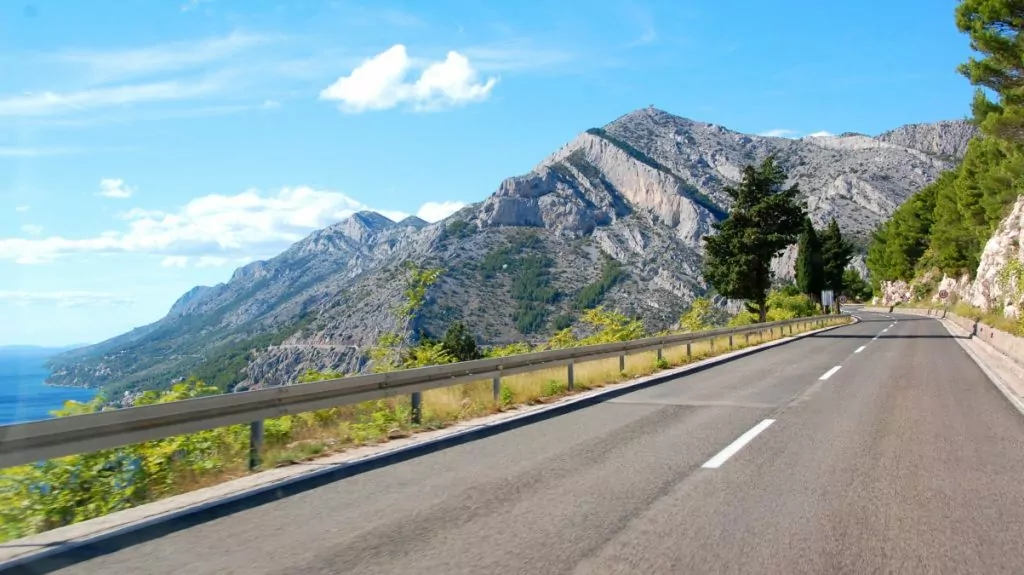
Driving in Europe is primarily easy. Road standards are good in most places and borders are often barely noticeable. However, keeping track of the rules on road charges and environmental zones has recently become a little more complicated. Almost all countries have their own rules, so it's best to check exactly what applies in the countries you plan to travel to.
In this post we provide an overview and outline some of the most important things to consider, but please note that you may need to read on for specific rules in different countries. We also offer a checklist for car holidays in Europe - with everything you shouldn't forget to pack!
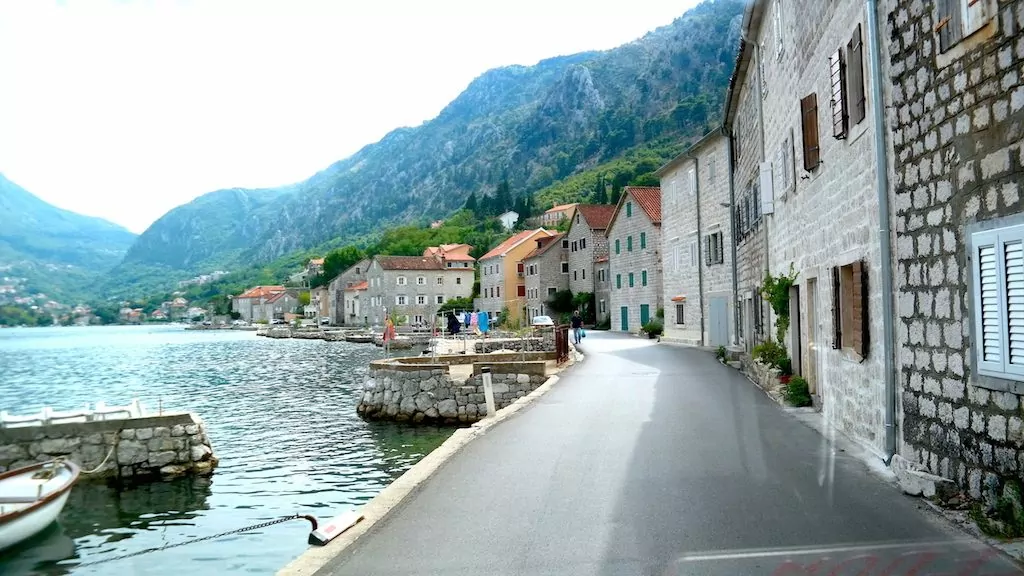
Road charges in Europe
In many European countries, motorways are subject to tolls, and bridges and ferries may also be subject to tolls. In some countries, you pay at manned toll booths. In other countries, you have to buy a vignette, a kind of sticker, in advance to attach to your windscreen. The vignette can sometimes be ordered in advance, or bought at petrol stations in border areas.
In some countries, it is also possible to resolve the payment by registering the car and payment details electronically, and the vehicle is then recorded by cameras at unmanned toll booths. Some things worth noting:
- France, Spain, Italy and Portugal: In these countries, payment is primarily made at roadside toll booths. In Portugal, we have also seen that at the entrance to the country you can choose to register your credit card at the same time as the licence plate is photographed.
- Spain: Motorways called 'Autovias' (A roads) are free of charge, while 'Autopistas' (AP roads) are often subject to a charge.
- Austria, Switzerland, Czech Republic and SloveniaThese countries require a vignette (a sticker) on the windscreen when driving on motorways. The vignette can often be purchased at major petrol stations in border areas, and missing it can result in a fine. If you have a heavy motorhome (over 3.5 tonnes), you need to check if you need to pay extra, and perhaps use some kind of odometer. Check well in advance of your trip as in some cases you may need to order in advance! Read more here: Austrian vignette, Swiss vignette, Czech vignette, Slovenian vignette.
- Hungary and SlovakiaIn Hungary and Slovakia, the system is similar to that of Austria, Switzerland, the Czech Republic and Slovenia, but an 'e-ticket' is issued, which means that the car's registration number is entered into a database. Monitoring is done by roadside cameras. If you have a heavy motorhome (over 3.5 tonnes), you need to check whether you need to pay extra, and perhaps use some kind of odometer. Check well in advance of your trip as you may need to order in advance! Read more here: Hungarian vignette, Slovakian vignette.
- Poland: On occasional motorways, a toll is charged, payable at the toll booth. Motorhomes weighing more than 3.5 tonnes must obtain a payment box and pay a kilometre charge. Read more about the Polish toll box at etoll.gov.pl.
- Croatia, Macedonia and Greece: In these countries, some or all motorways are tolled, and you pay at roadside toll stations.
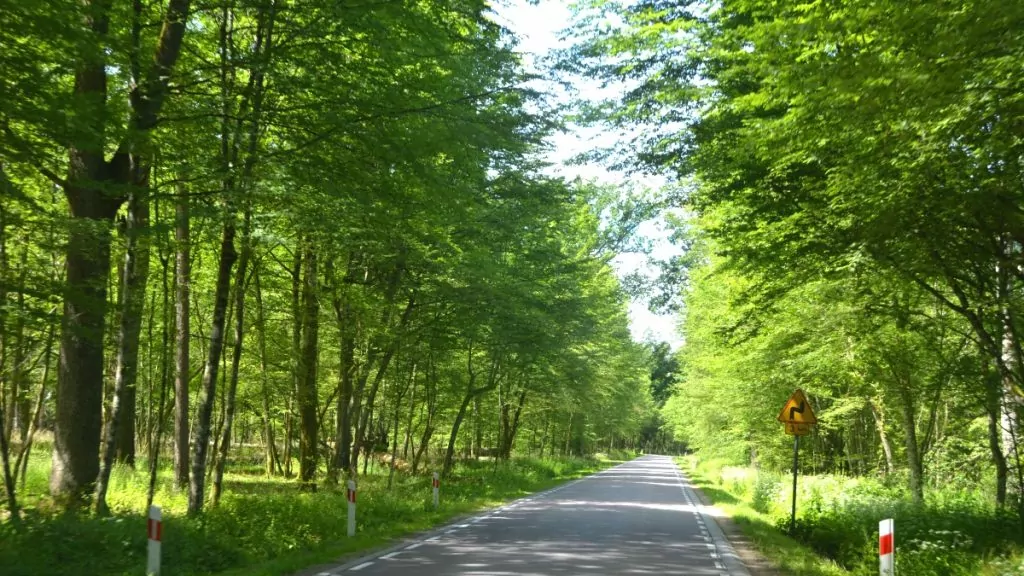
Environmental zones in Europe
More and more cities in Europe are introducing environmental zones to reduce car traffic in cities. This can mean not driving in certain parts of the city or requiring an environmental sticker. The sticker indicates that the vehicle's particulate emissions are below a certain level. Vehicles without an environmental sticker are not allowed to enter these environmental zones. It may help to download The Green Zones App. Some things you may want to know:
- GermanyA number of German cities have introduced environmental zones and to drive in these zones you must have an environmental sticker which you attach to your windscreen. You can order an environmental sticker from DEKRA.
- FranceA small number of French cities have introduced environmental zones and require an environmental sticker on the windscreen. You can read about the environmental zones at this page.
- ItalyThe sign 'Zona Traffico Limitato' means that you can only drive there if you have a licence. If you break the rule, you can be fined heavily, sometimes long afterwards.
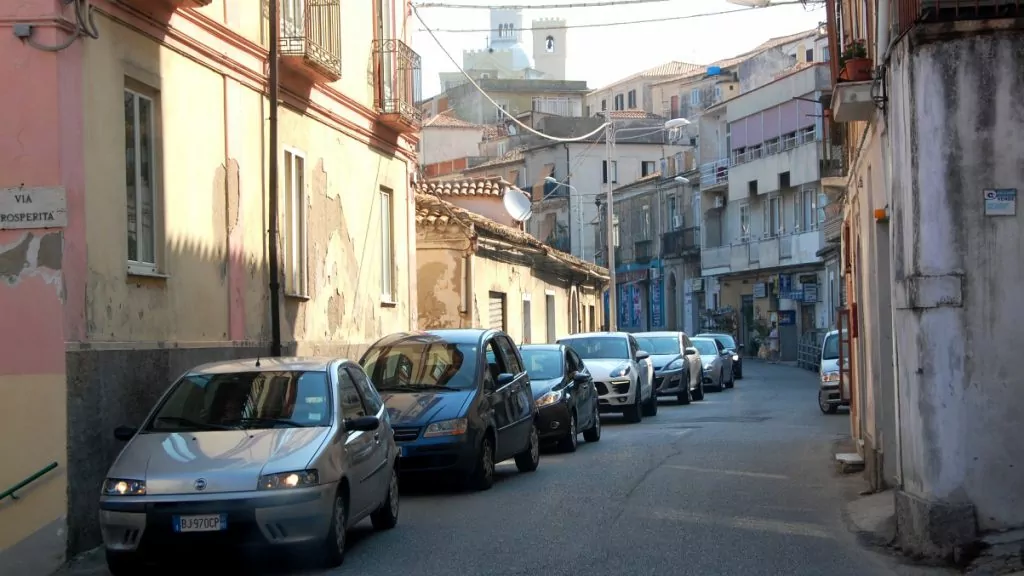
Checklist for car holidays in Europe
Last but not least, here's a list of things you shouldn't forget to pack for your trip to Europe. Here we also list things that are good to think about well in advance of the trip. Quite simply, a checklist for car holidays in Europe!
Pack essential items
- Passport (in the EU, police ID cards should also work).
- Driving licence (if you are travelling outside the EU/EEA, you may also need a international driving licence)
- Car registration certificate part 1 (the blue part). Leave the yellow part at home.
- Updated GPS or the current road map, or preferably both.
- Book on traffic rules in Europe, or equivalent information on the web, such as the book Discover Europe by car from the Motormännen.
- Payment card - at least two copies which should be kept in different places. Do not forget to note the number of the bank's blocking service.
- Foreign currency in banknotes. Most of the time you can withdraw cash from ATMs, but when entering a new country by car/camper van, you may not be able to find a town with an ATM quickly.
- Code box which you use for online banking transactions, and bank ID.
- Tickets and booking confirmations for ferries, campsites, hotels, etc.
- Copies of passports and other important documents. Can either be packed away from the originals or emailed to a web-based email address.
- Mobile phones and chargersCheck in advance with your operator what applies when calling abroad and what charges may apply. Keep in mind that several European countries are not part of the EU, which means that the cancelled roaming charges do not apply there.
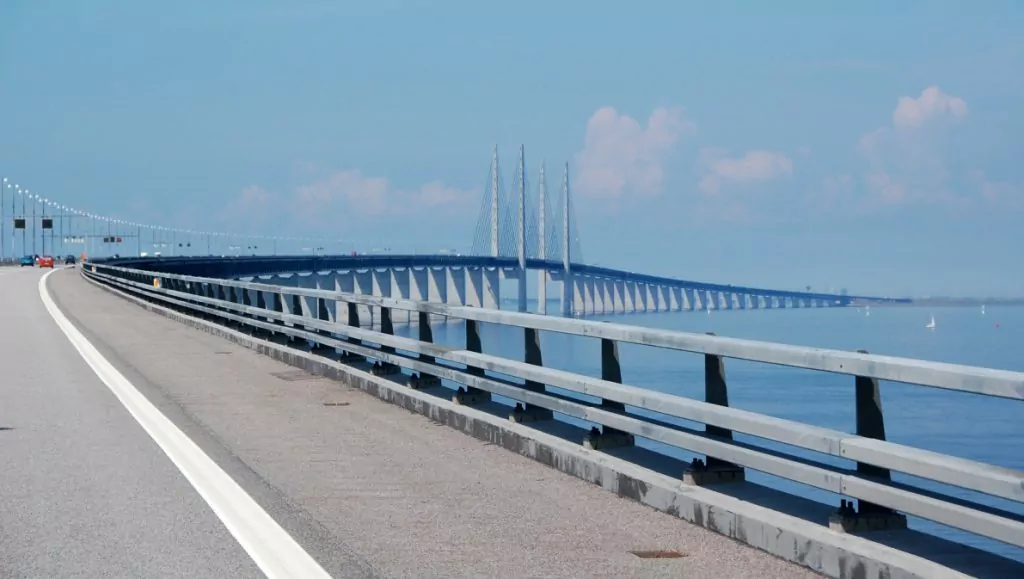
Check insurance policies
- Check your car/campervan insurance policy and order the "green card" from your insurance company (the green card is not necessary in all countries, but is required in Albania, Macedonia, Montenegro and Morocco, among others).
- Check your home insuranceand whether you need additional travel insurance. Home insurance includes travel cover that is valid within the EU, but usually for no more than 45 days. Don't forget to pack the policy and the phone number of your insurance company.
- Order a European Health Insurance Card from Social Security Agency. The card gives you access to affordable public healthcare in the EU.
- Order Roadside Assistance so that you can easily get help if you have a breakdown on the road and include the phone number to call in case of an accident. Roadside assistance is available from organisations such as Motormännen, SBM and Falck.
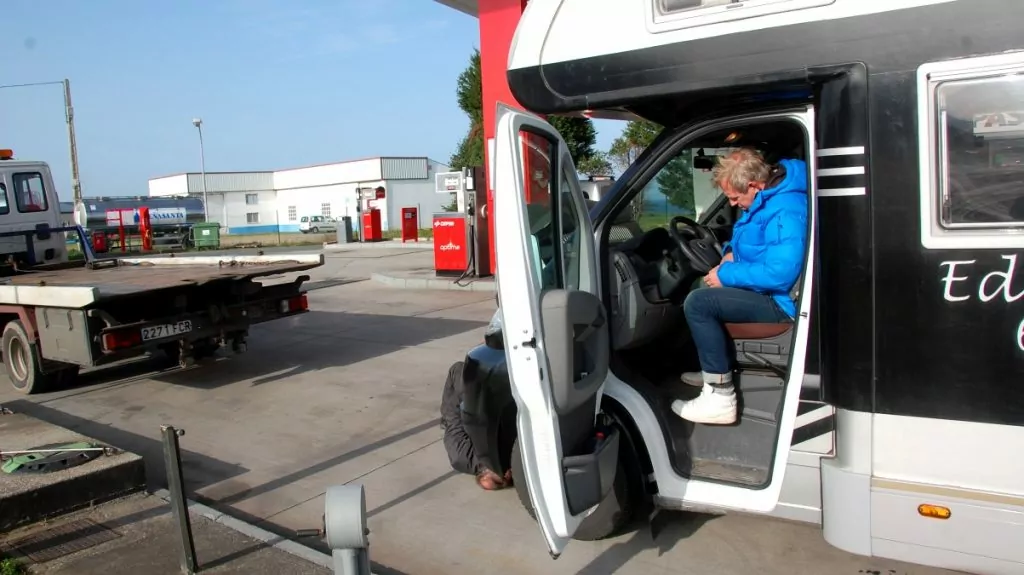
Equipment in the car/caravan
- First aid equipment (a requirement in many countries!) and a travel pharmacy with plasters, sunscreen, prescription drugs, painkillers and remedies for motion sickness, fever, diarrhoea and constipation.
- Small toolbox with jumper cables, tow rope, jack., tyre levers, hammers, pliers, polygrip, spanners, work gloves, duct tape, knife, engine oil, coolant, washer fluid and torch.
- Reflective vests (required in most European countries!) to all travellers in the car. The vests should be easily accessible, and not in the boot.
- Snow chains or autosocks and an ice scraper, if you plan to travel to mountains or the Alps that may be covered in snow.
- Spare tyres or tyre repair kit.
- Fire extinguishers - always good, but in some countries (especially Eastern Europe) also a requirement.
- Extra light bulbs - is a requirement in some countries, including France, Slovenia, Croatia, Montenegro and Albania.
- Two warning triangles is required in Spain, Turkey and Cyprus. Vehicles with trailers must have two triangles in Spain, Slovenia, Croatia, Serbia, Macedonia and Montenegro.
- Bogserlina is required in Slovakia, Macedonia, Bosnia and Herzegovina and Serbia.
- Breathalysers should be packed when travelling in France.
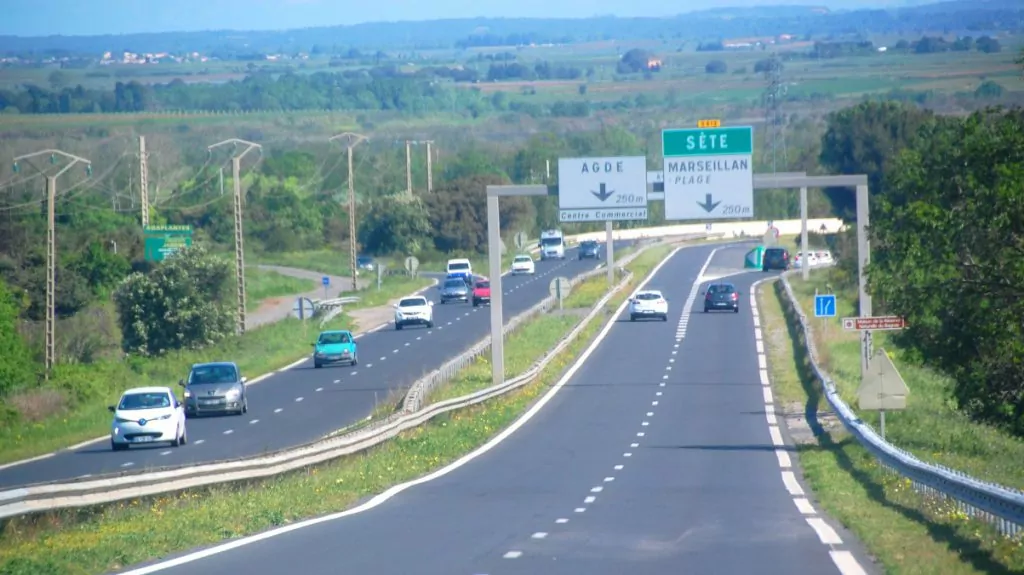
If you are travelling with a motorhome/caravan
- Camping licence could possibly be useful. An international camping card is not necessary, but can provide discounts and can be ordered via Caravan Club. Additional cards that can provide discounts are Camping Key Europe and CampingCard ACSI. If you are planning to travel by motorhome in France and want to stop at vineyards, check out something called France Passion.
- Lists of campsites and pitches. There are many different lists, directories and apps to help you find campsites and pitches. We've listed many of them in a post about find pitches and campsites.
- Packing list - Have a look at our large packing list for the motorhome. There you can check that everything is included!



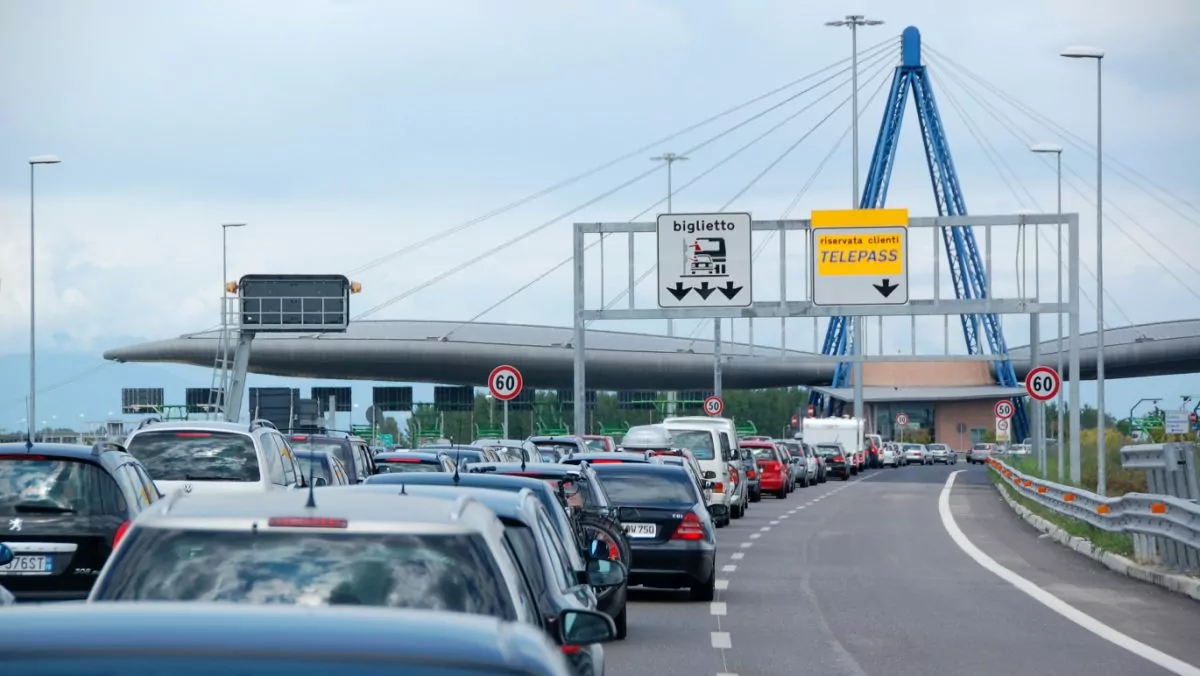






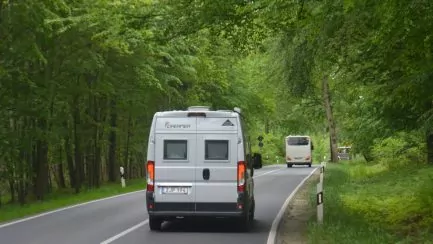
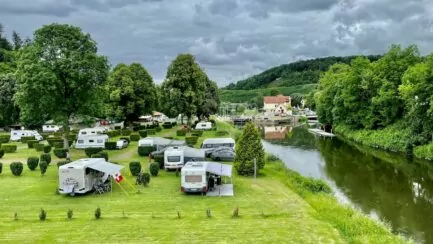
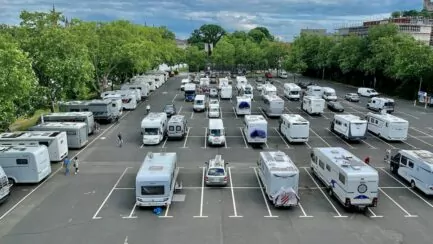
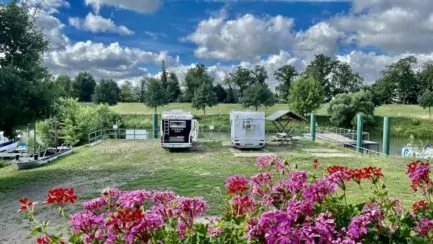
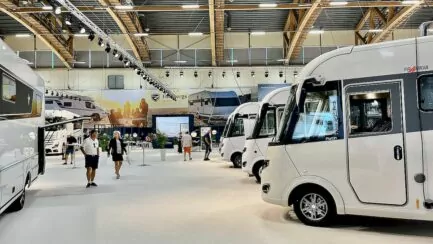



Lisa / life from the bright side says:
Really good list. It's quite tricky sometimes with car hire and driving in other countries. But always worth it, you see so much!
07 April 2018 - 7:48
Helena says:
There is a lot to think about! In addition, this with renting a car that you write about. I haven't written much about that here, but there are also things to consider!
07 April 2018 - 12:51
Travel Linda says:
Reading up on this too, lots to think about in some countries!
07 April 2018 - 7:51
Helena says:
Yes, some countries more than others, for sure.
07 April 2018 - 12:52
Mia's Mix says:
We have travelled through Europe several times, but this was some new information that I didn't know. Thanks for that! Like the card to put in the windscreen. We have driven in both Switzerland and Austria several times but I had never heard of it. We have reflective vests but they are in the boot. Many good tips. Do you have any posts on how and where to book train tickets in Europe in the best way? Hugs
28 April 2019 - 6:43
Linnea - Lanclin.com says:
You guys know about timing! ? Will immediately send the link to some friends who are going south with a motorhome this summer. Maybe even us if we have some luck?
07 April 2018 - 8:29
Helena says:
But so good that we had the right timing 🙂 Hope it will be a trip for you too!
07 April 2018 - 12:52
Role o Carina says:
Yes, there was a lot to think about!
Good report you made ?
Take care.....
07 April 2018 - 8:43
Helena says:
Hope it can come in handy 🙂
07 April 2018 - 12:53
Anonymous says:
Thanks for all the tips ☀️
07 April 2018 - 9:28
Helena says:
We are happy if the tips can come in handy! 🙂
07 April 2018 - 12:53
Motorhome Helge says:
The list came at the right time, well done! Now I can only tick off the packing of the motorhome. Not to mention the dog passport, I will also check out lightweight travel towels to reduce the weight. We start our European trip at the beginning of June, it is something we are really looking forward to, because it has been a while since we did a longer summer trip.
07 April 2018 - 9:36
Helena says:
Yes, the dog passport is of course also important if the pooch is going! 🙂
07 April 2018 - 12:54
Ama de casa says:
What a lot to keep track of! I think I'll stay at home... 😉.
PS: So... I'm pretty sure that the A roads in Spain are free of charge, while the AP roads are tolled (I've always thought that the P in AP stands for "pagar"). Some parts of the AP roads are also free of charge, but it is important to get off at the right time, and then it is important to have an updated map in the GPS 🙂.
07 April 2018 - 9:44
Helena says:
Yes, exactly! That's what I meant, but I realised it was a bit unclear. Have clarified now! Thank you very much 🙂 .
07 April 2018 - 10:06
Travel Friday says:
Great list! First aid kit in the car should be a given - but realise we don't have it ourselves... must get it.
07 April 2018 - 11:00
Helena says:
It's not easy to think of everything!
07 April 2018 - 12:54
Emma, sun like sun? says:
My understanding of autovías and autopistas in Spain is as follows:
Autovía corresponds to motorway
Autopista corresponds to motorway
A and AP are generally the same type of road but the P stands for PAGAR (pay) and if you pay you get to travel a shorter distance and on a better maintained road with less traffic because people usually don't want to pay.
I wrote generally because it can also be the case that as the toll road is bigger and better, it is classified as an autopista while the free one is classified as an autovía. This is the case, for example, with the A-7 here where I live, where the AP-7 becomes an autopista while the A-7 in the meantime is an autovía.
07 April 2018 - 11:15
Emma, sun like sun? says:
And you can add that two warning triangles are required in Spain as well. One triangle must be placed 50 metres behind and the other 50 metres in front of the vehicle if it is a road with lanes in both directions. On a motorway, you only need to place one warning triangle behind and you should not place both behind the car, you see this from time to time. 🙂
Otherwise, it is a great compilation of useful information! Thank you very much!
07 April 2018 - 11:26
Helena says:
Yes exactly, I have also understood it that way. Good also with the information about the warning triangle! I have googled around a bit more and found support for this, so I will update. Thank you!
07 April 2018 - 12:55
Emma, sun like sun? says:
I'm sorry to harp on, but at the moment it's not right about autopistas and autovías in Spain.
Read some more now and they are both motorways (not motorways as I wrote above) but there are some design differences, e.g. the autopista has longer access roads.
An autovía is always free of charge, while an autopista can be both. This is from the Spanish road authority, DGT: "...Primero, la letra explica qué tipo de carretera es: autovía o autopista libre de peaje (A), de peaje (AP)...", i.e. the letter A stands for autovía or free autopista, while AP stands for autopista with payment (peaje).
10 April 2018 - 8:34
Helena says:
Thanks Emma, your comments are appreciated! I have now written that an autopista is "often" subject to a charge, so that should solve the issue, right?
21 September 2018 - 19:19
Goatfish says:
Blinked through the text, but enjoyed the beautiful pictures! Well, it's over with the car for me, for better or worse 😀 - no worries, haha. May remember what has been.
Sunny hugs from Lidköping!
07 April 2018 - 11:40
Helena says:
This isn't exactly a "fiction" post, so you did the right thing! Have a nice weekend! 🙂
07 April 2018 - 13:04
Britt-Marie Lundgren says:
This list was very timely. We are just making our preparations, international driving licence and green card are ordered, documents copied, etc.
We think it's a real mess when it comes to vignettes and goboxes for slightly heavier motorhomes, and even if we end up just over the limit, it's no fun to take a chance and possibly get an expensive fine.
When it comes to packing, there are unfortunately a few too many 'good-to-haves'...
07 April 2018 - 17:39
Helena says:
How nice if our post could be helpful! We agree that it's a lot to think about, and it's especially true if you're driving a heavier motorhome. Good luck with your trip planning!
21 September 2018 - 19:08
Lena in Wales says:
Yes, there is a lot to think about these days.
When I did most of my driving through Europe in the 70s and 80s, you more or less just set off and took it as it came, no credit cards, no mobile phones or chargers, no breathalysers, no reflective vests (which was a new word for me, but I know what it means) etc. You ended up where you ended up and went back when the money started to run out.
But on the other hand, I was both stopped and taken by the police a few times, but that is another story that is prescribed now, hi, hi!
07 April 2018 - 18:38
Helena says:
Haha, yes, it may well be that there is a statute of limitations sometimes 😉 Maybe it was a little easier in the past. I can think that both environmental rules and safety rules are good, but it would be good if you could get along a little within the EU and drive a little uniformly ... 😉 .
21 September 2018 - 19:10
Elisabeth says:
It is important to constantly update yourself on what is happening in the different countries you are looking for. Your list is a great help.
07 April 2018 - 23:19
Helena says:
Well, the rules do change a bit from year to year! Great if our list can help!
21 September 2018 - 19:11
Anna says:
Very good info! I had missed the part about breathalysers in France. Now noted on the checklist!
07 April 2018 - 23:22
Helena says:
It is very easy to miss something ... 😉 .
21 September 2018 - 19:11
Mr Steve says:
I can say that there is much more to think about today than when I first travelled around Europe by car in 1972.
08 April 2018 - 7:57
Helena says:
There is probably a bit more to think about today! It's a pity that we can't agree more within the EU, so that there are more uniform rules!
21 September 2018 - 19:12
Tina says:
Thank you very much for all the tips. First time travelling with a motorhome in Europe so any information is welcome.
09 April 2018 - 10:20
Helena says:
We are happy if our list can be helpful! 🙂
21 September 2018 - 19:12
Lena - good for the soul says:
But my God what research you have done! I am impressed. This post must be gold for those who are going to go out!
Hug Lena
11 April 2018 - 5:55
Helena says:
We have done a lot of research, and that helps us too. I don't remember everything, so I go back here and check from time to time 😉.
21 September 2018 - 19:13
Annelie says:
Hey, guys! What trips you have made! A small question...can you pay motorhome tolls on site with a motorhome over 3500kg? Thinking of the countries Poland, Austria, Slovenia and Croatia? I have read that "boxes" are required ... but can it be fixed during the journey. We have planned to go a little as we know down through these countries and also Italy, France, Monaco, Germany etc.
Thanks for the answer:)
17 June 2018 - 9:51
Helena says:
Hi Annelie, I see that you asked a while ago and unfortunately I have missed answering. On the other hand, my answer may not be very helpful. I think it can be fixed on the spot in most places, but I don't dare to promise that it can be done everywhere. I would click on the links above and read a bit more. (We drive a motorhome that weighs less than 3.5 tonnes, so we don't have this experience ourselves).
21 September 2018 - 19:16
Per says:
The last time I drove through Europe in the mid-80s, we had to pay black money at almost every toll. Does it still work like that? Probably not, but I'm curious. This was mainly in Eastern Europe
21 February 2019 - 16:14
Helena says:
Hi Per! No, we have not experienced that, at least not in the countries we have driven (if we are talking east, we have driven in Poland, the Czech Republic and also e.g. Albania, Macedonia...) Times are changing 😉.
21 February 2019 - 16:51
Anonymous says:
Thanks for the info
28 February 2019 - 14:45
Mauri Someristo says:
Hello and thank you for a great website. We are planning to go to Europe this year and all this information is invaluable. We have a 7.5 metre motorhome with a kerb weight of less than 3.5 tonnes, but a total weight of 4.4 tonnes. What counts as "Motorhomes weighing over 3.5 tonnes" I'm sure you've written this somewhere and I haven't found it.
05 March 2019 - 9:34
Helena says:
Hi Mauri! I'm glad you asked, I'm sure we've been unclear. It is the total weight that is referred to when it comes to rules for motorhomes above and below 3.5 tonnes.
05 March 2019 - 10:22